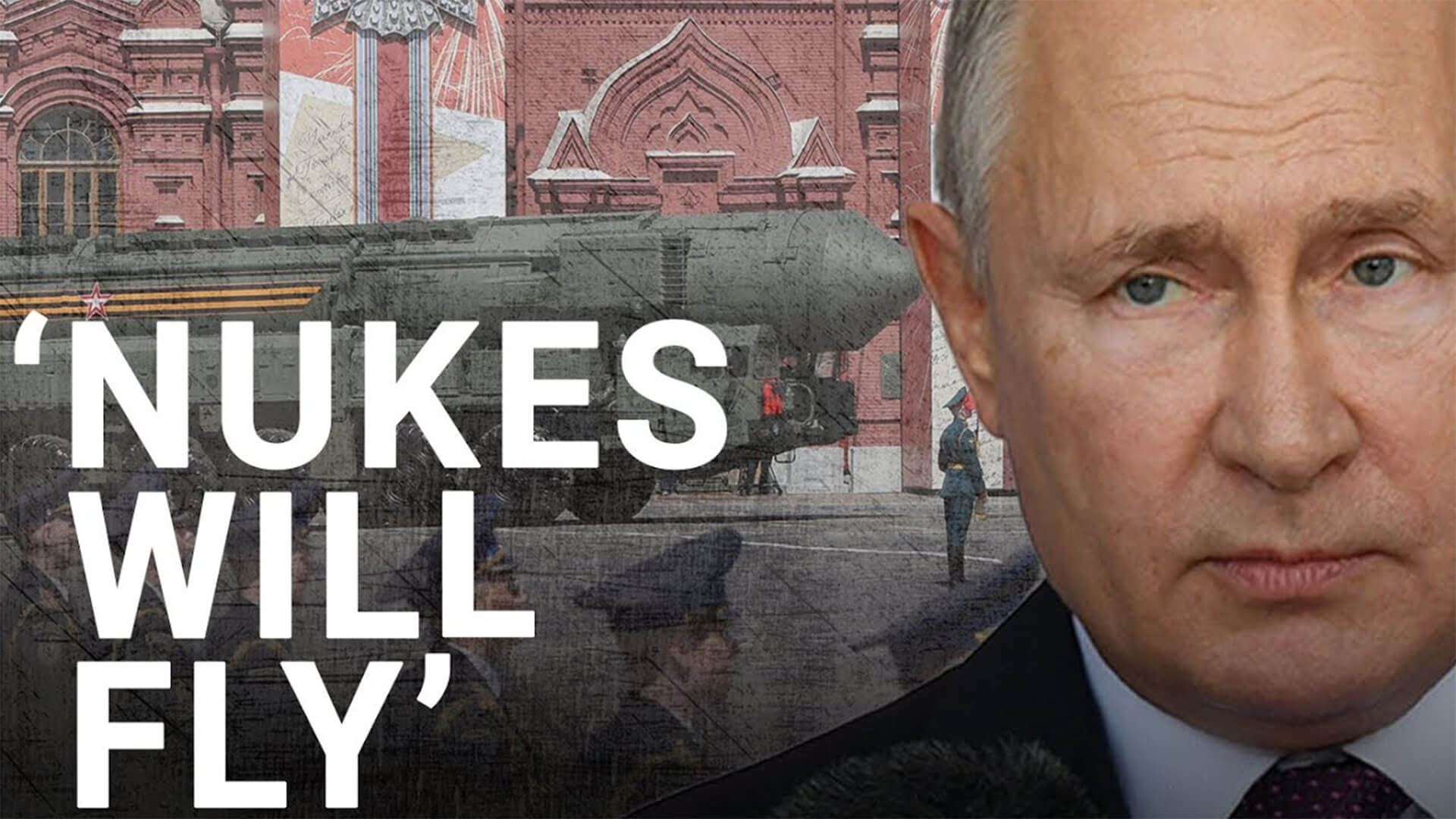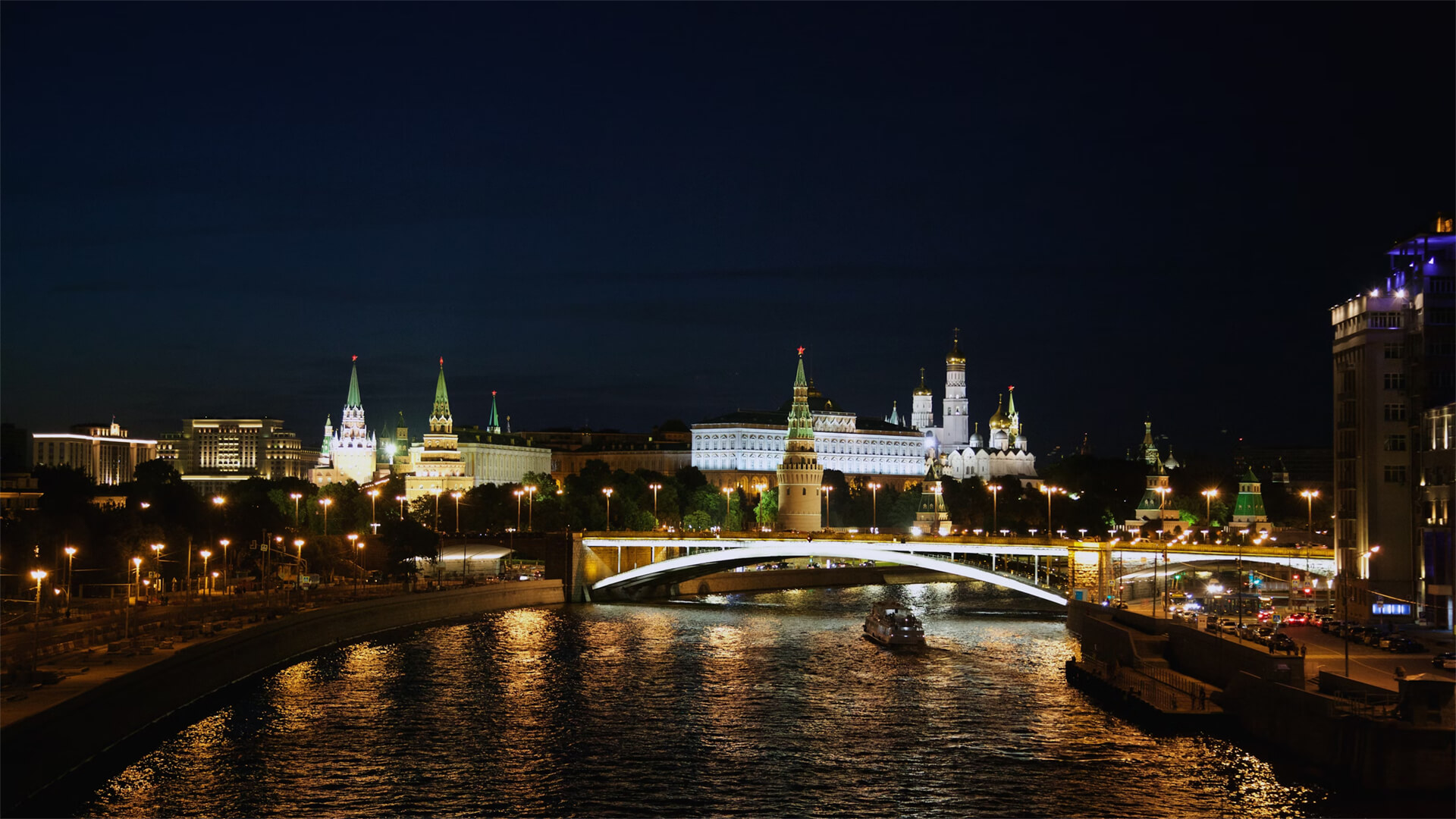If mommy and daddy told you to go college and then you’d be set for life…you’re not alone. With traditional models pushing everyone towards white-collar jobs and university degrees, we’ve created a massive oversupply of finance bros and marketers, but left those blue-collar industries begging for some fresh meat.
As the US faces a demographic shift and shrinking population, the educational system is struggling to adapt to the changing demands. With a need for more blue-collar workers, higher education in the US is dropping the ball.
Employers are already seeing these worker shortages play out and are struggling to find a solution. As more and more graduates enter the workforce and struggle to land that ‘dream job’, those lucrative and accessible blue-collar fields might start poking holes in the higher education system in America.
Here at Zeihan On Geopolitics we select a single charity to sponsor. We have two criteria:
First, we look across the world and use our skill sets to identify where the needs are most acute. Second, we look for an institution with preexisting networks for both materials gathering and aid distribution. That way we know every cent of our donation is not simply going directly to where help is needed most, but our donations serve as a force multiplier for a system already in existence. Then we give what we can.
Today, our chosen charity is a group called Medshare, which provides emergency medical services to communities in need, with a very heavy emphasis on locations facing acute crises. Medshare operates right in the thick of it. Until future notice, every cent we earn from every book we sell in every format through every retailer is going to Medshare’s Ukraine fund.
And then there’s you.
Our newsletters and videologues are not only free, they will always be free. We also will never share your contact information with anyone. All we ask is that if you find one of our releases in any way useful, that you make a donation to Medshare. Over one third of Ukraine’s pre-war population has either been forced from their homes, kidnapped and shipped to Russia, or is trying to survive in occupied lands. This is our way to help who we can. Please, join us.
TranscripT
Hey everybody. Peter Zeihan here. Coming to you from a beach. A love, a good beach. Today we’re going to dip into one of the ask Peter questions and I’m going to drop that into our open ended series on things that I worry or don’t worry about. This is definitely something I do worry about. The question is, in this demographic shift that we’re experiencing as populations age and shrink, what do I think is the future of higher education in the United States?
And the short version is it doesn’t look very good and things are going to have to change. So let me give you a little bit of backdrop and then we’ll talk about the concerns. When the baby boomers started entering the workforce in the late sixties. They discovered that their numbers were so many that they pushed down the cost of labor.
This is one of the reasons why the baby boomers have a reputation for being very mobile, because they would move wherever there’s a job, they could get better pay. This is also one of the reasons why women tend to enter the workforce in this period, because they had to do so to make ends meet. But that only put more pressure on the labor market, which is why the baby boomers have the record for the highest divorce rate in our country’s history.
Anyway, point is that from a financial point of view, life was kind of rough. So the belief back in the sixties, seventies, and especially early eighties was that if you wanted to get ahead, you didn’t want a blue collar job because that’s where all the baby boomers were. You wanted a white collar job where you didn’t have to be in a factory, you didn’t have to be in construction or farming where you could work in an office, being a doctor, be a lawyer or whatnot.
And so the baby boomers ruthlessly pushed their children, the millennials, to go to university, get a four year degree, get a white collar job. And so now we have the opposite problem. We have an oversupply of white collar workers and not enough blue collar workers. So that’s the baseline. Now, we’ve got three things going on in the labor market, in the educational system right now, with China approaching its end, we need to massively expand the size of the industrial plant in this country, even if you ignore all the national security concerns.
That means we need to expand industrial construction spending and do a lot more manufacturing. And almost all of those jobs are blue collar and we haven’t been training up enough people to fill them. So we’re already in a situation where you can get a six week welding or excuse me, electrical degree and earn more money in your first month than a white collar worker can after four years of college and five years in the workforce.
That’s just where we are. Until such time as the educational system transforms to adjust to this new reality, and it’s only going to get more intense as we go. And so if you’re looking at a four year university that’s doing traditional things, especially in the liberal arts, we already have an oversupply of labor in that space. We are just desperate for blue collar workers.
So that’s number one. Your traditional liberal arts colleges, especially the smaller ones, are not going to have nearly the level of demand that they used to. Two year universities that focus on white collar jobs, same thing to your universities that work on more technical skills. They’re going to be in very high demand. And in between you’ve got the legacy universities.
You know, your Harvard’s, your University of Texas is who either have a very large endowment or a lot of notoriety or both and will always be able to attract folks. So that’s number one. Number two is numbers. The incoming generation is no longer the millennials. The older millennials turned 45 this year. They’re way out of college age now.
The new kids on the BLOCK are Generation Z or the ZOOMERS, and they are the smallest generation we’ve ever had. So the number of potential students that university systems can attract is simply lower than it’s been at any time in recent American history. And that means we probably have about 15% fewer students that can potentially enroll than we had before.
So the competition among universities is going to be fierce for them. And a lot of universities are simply not geared for the jobs of the next 15 years. That’s number two. Number three is candidate quality. The Zoomers are loners. They don’t like to be around other people. The idea of the social experience of university is not something like, Ooh, I can’t wait to do that.
They want to code in a closet. And that’s a different sort of job experience and a different sort of educational experience. Now, it usually takes about five years for universities to meaningfully change their curriculum because, you know, students are going through a four year process right there. And if you’re talking about a state school, it can be as much as ten years because you first have to get it through a review.
And oftentimes the state legislature likes to weigh in. And certainly tenured faculty does. So by the time we have retooled our educational system to deal with the influx of blue collar job demand that we’re now already seeing, we’re are going to be most of the way through this transition. And it’ll be time to switch again. So if you are an employer, you’re basically going to have to raise your own, bring in kids who are younger than you normally would train that up within the system in order to convince them that there is a job with a good paycheck doing interesting things that they want to do.
And the more successful companies that I have seen have been engaging in that process aren’t starting in college or even high school, but middle school, to make sure that their community is part of their success story.











